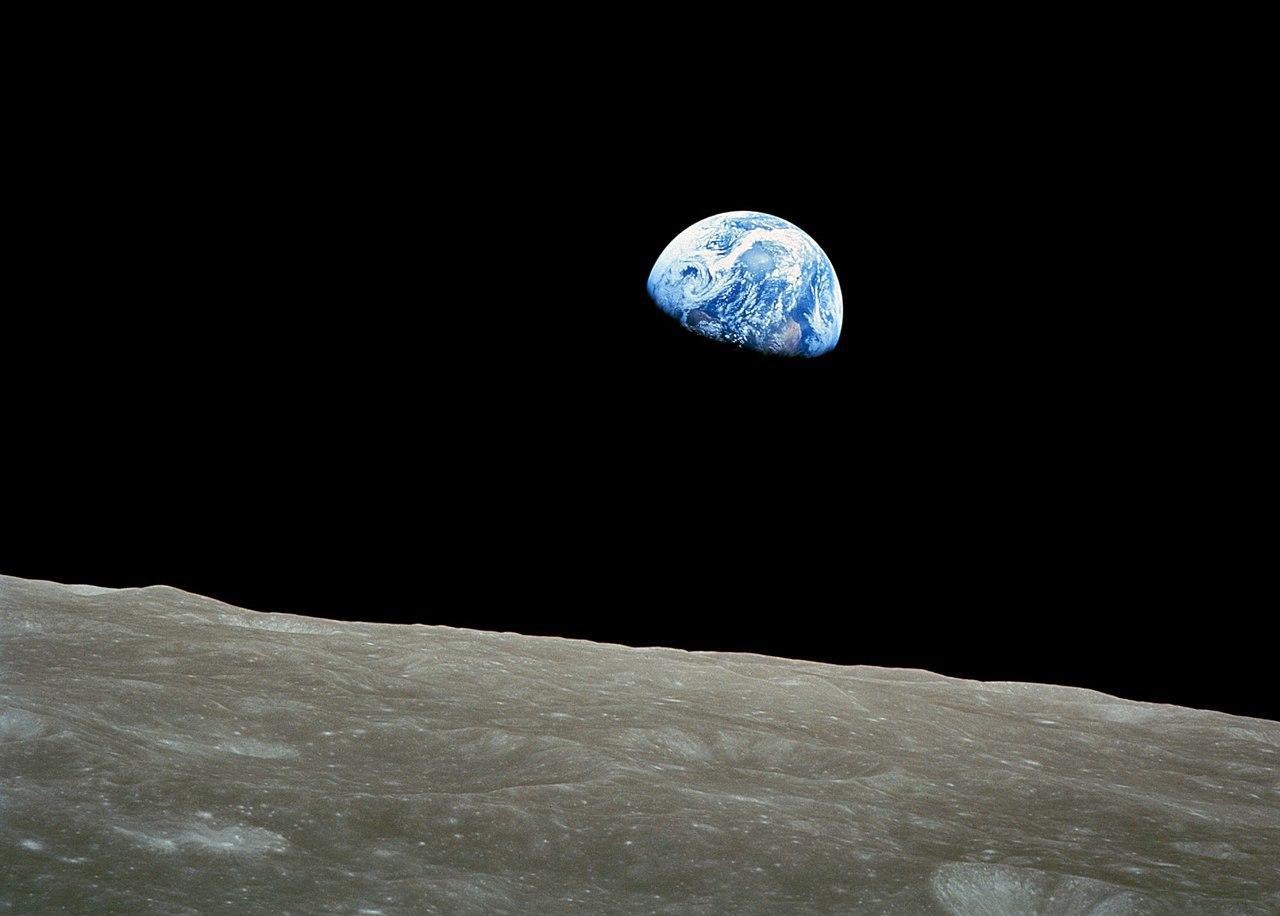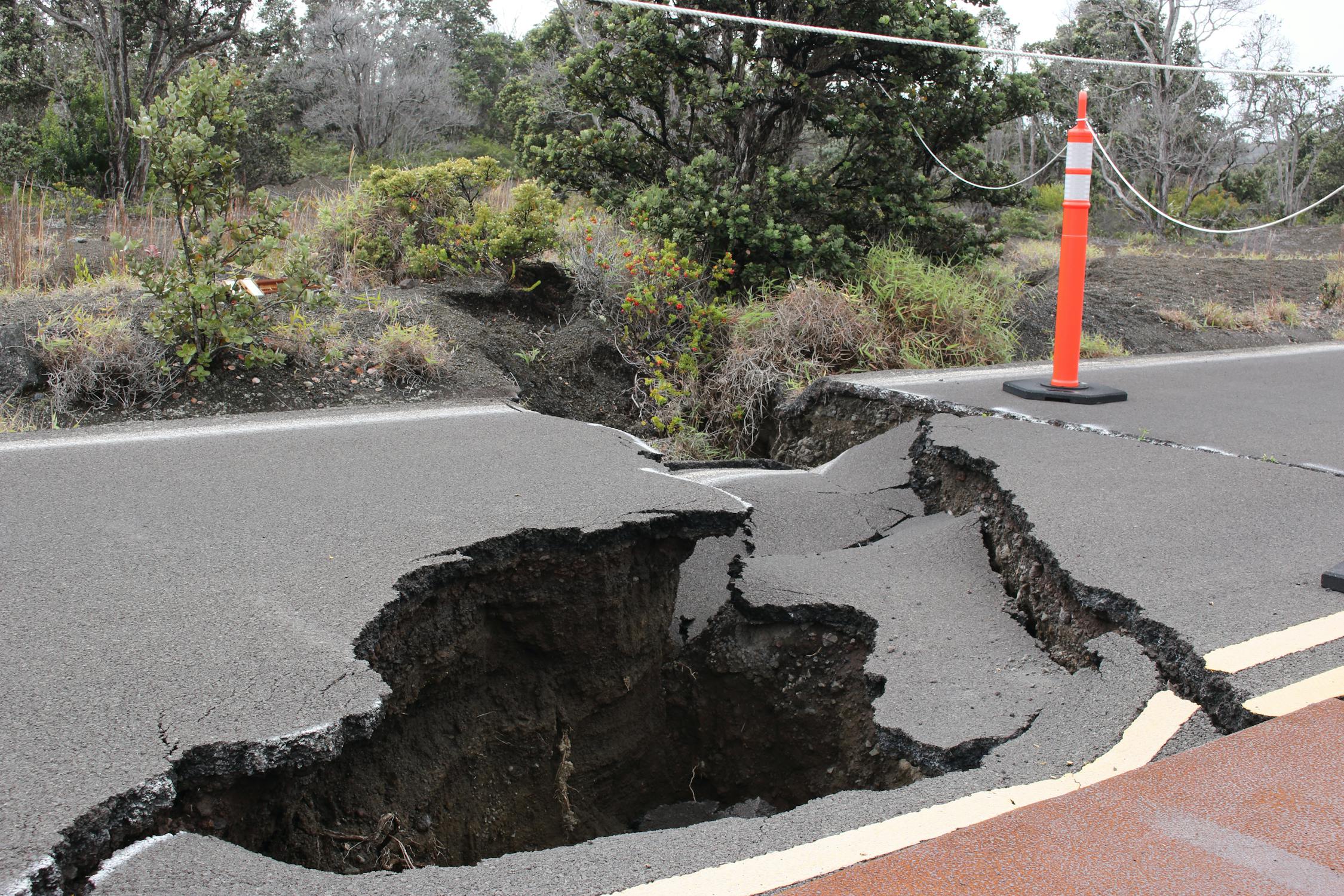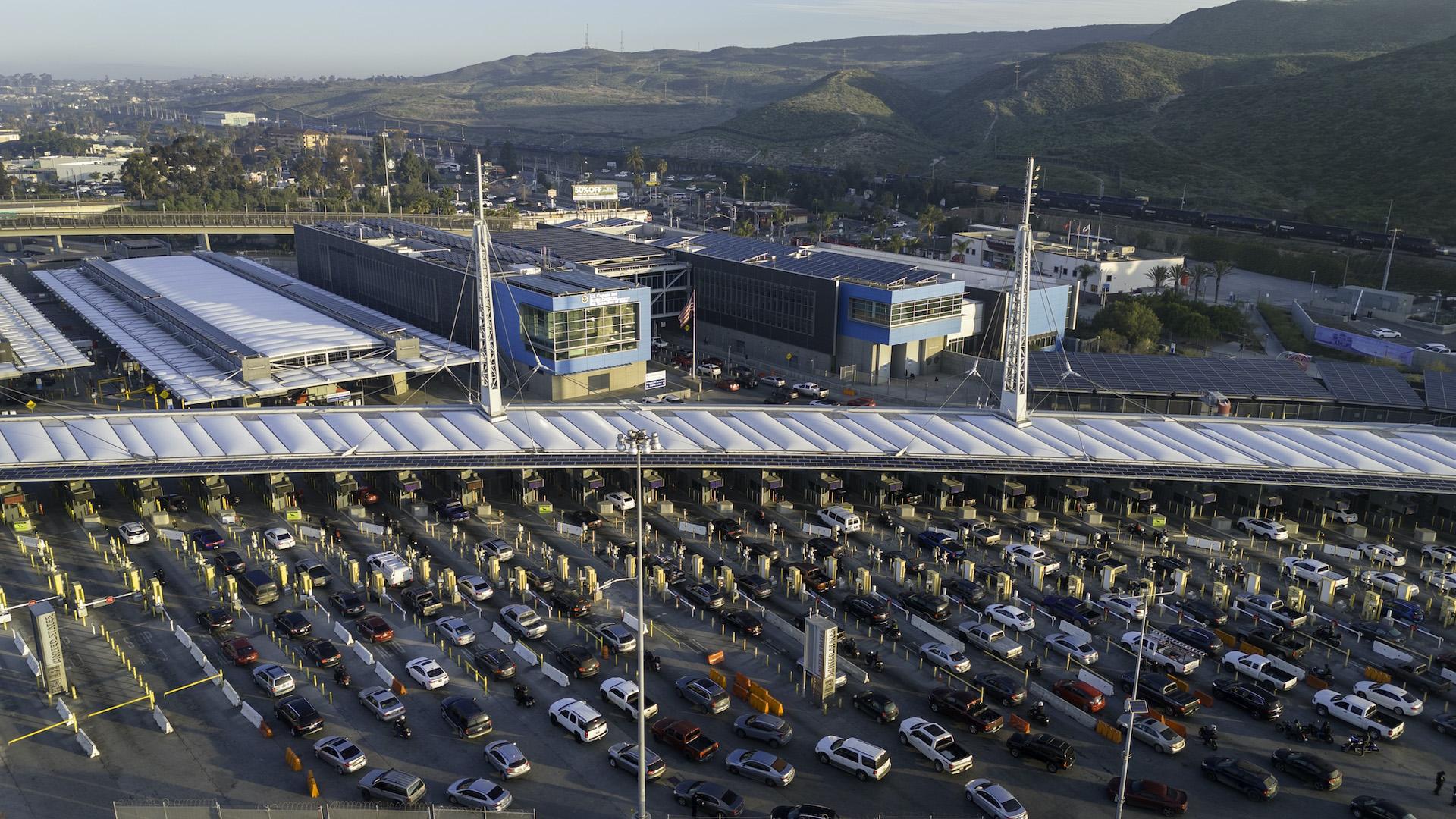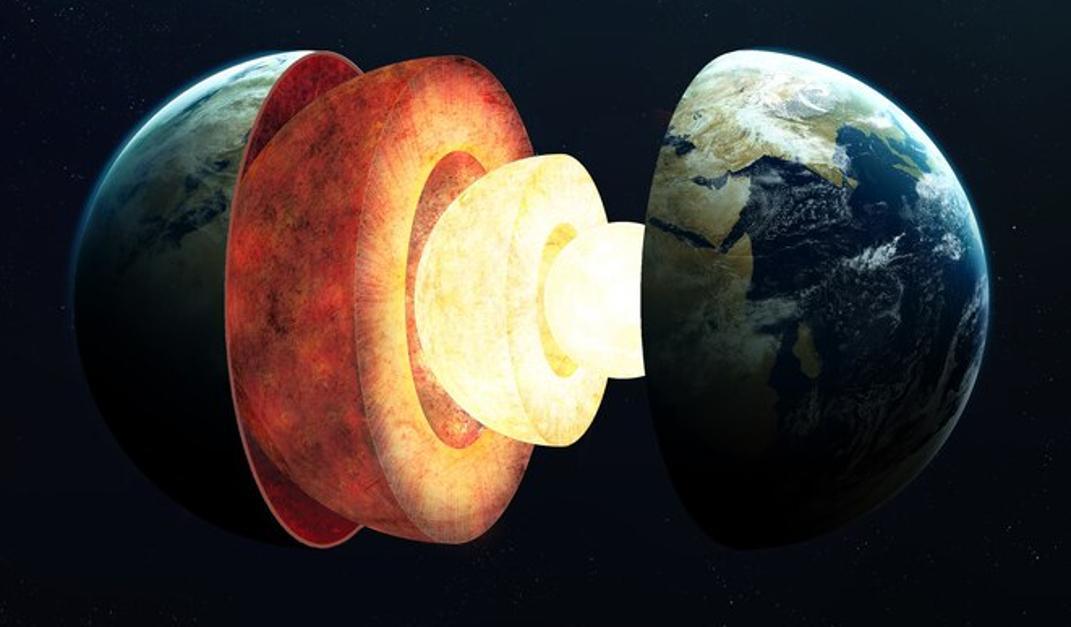Climate Change is Changing the Length of Our Days
Climate change is not just altering weather patterns — it’s also changing the length of our days. According to recent research, the melting of polar ice due to global warming is slowing down the Earth’s rotation.
This phenomenon has been documented in the Proceedings of the National Academy of Sciences, showing how human activities are impacting even the most fundamental aspects of our planet.
The Mechanism Behind Longer Days
The Earth’s rotation is affected by various factors, including the distribution of mass. As glaciers and ice sheets melt, water flows from the poles toward the equator, causing the planet to become “flatter.”

Source: Eric Rothermel
This change in shape slows down the Earth’s rotation, much like how a figure skater slows down when extending their arms outward.
Historical Context and New Findings
For millennia, the moon has been the primary factor influencing the length of our days. Its gravitational pull causes tidal bulges that gradually slow Earth’s rotation. However, recent studies indicate that climate change could soon become the dominant factor.

Source: Wikimedia
Benedikt Soja from ETH Zurich highlights that the impact of global warming on timekeeping has become significantly more dramatic.
Quantifying the Change
Between 1900 and 2000, climate change caused day length to vary by 0.3 to 1 millisecond per century.

Source: K/Unsplash
However, in the last two decades, this rate has accelerated to 1.33 milliseconds per century.
Implications for Technology
Even small changes in day length can have significant implications for technology. GPS systems, which rely on precise timekeeping, could be affected by these millisecond shifts.

Source: Mathieu Lewis-Rolland/Getty Images
Surendra Adhikari of NASA’s Jet Propulsion Laboratory emphasizes the importance of accounting for these changes in our high-tech world, where accuracy in time is crucial for navigation and communication systems.
Leap Seconds and Timekeeping Adjustments
To keep our timekeeping systems aligned with Earth’s rotation, “leap seconds” are occasionally added or subtracted. Coordinated Universal Time (UTC), which relies on atomic clocks, must be adjusted to match these rotational variations.

Source: Jordan Benton/Pexels
These adjustments ensure the continuity and accuracy of global timekeeping, essential for everything from financial transactions to Internet communications.
Potential Link to Earthquakes
There is speculation about a correlation between increasing day length and the frequency of earthquakes. Geoscientist Mostafa Kiani Shahvandi points out that while the connection remains speculative, further research is needed to explore this potential link.

Source: Wilson Malone/Pexels
Understanding all factors influencing Earth’s rotation could provide new insights into seismic activities.
Climate Change vs. Earth's Core Dynamics
Some research suggests that processes within Earth’s core might counteract the slowing effects of climate change.

Source: Melissa Bradley/Unsplash
Duncan Agnew from UC San Diego notes that while internal core dynamics could speed up Earth’s rotation, the influence of climate change currently outweighs these processes, leading to a net increase in day length.
The Bigger Picture of Human Impact
The alteration of Earth’s rotation is a striking example of how human activities are reshaping our planet.

Source: John Moore/Getty Images
As Soja explains, humanity’s influence on Earth’s systems is now so profound that it rivals natural processes that have been in place for billions of years. This realization conveys the urgent need for sustainable practices to mitigate further damage.
Future Projections and Scenarios
If we fail to curb greenhouse gas emissions, the impact on Earth’s rotation will continue to accelerate.

Source: Freepik
By 2100, the increase in day length could reach 2.62 milliseconds per century.
Impacts on Everyday Life
While a few milliseconds may seem insignificant, the cumulative effects on technology and daily life can be profound. From GPS accuracy to the timing of financial transactions, precise timekeeping is vital.

Source: Wikimedia
As climate change continues to alter Earth’s rotation, adapting our systems to these changes becomes increasingly important.
A Call to Action
Understanding the connection between climate change and the length of our days is a reminder of the broader impacts of our actions. By acknowledging and addressing these changes, we can work towards a more sustainable future.

Source: Freepik
Surendra Adhikari’s words resonate: “This is a testament to the gravity of ongoing climate change,” and a call for concerted global efforts to mitigate its effects.
